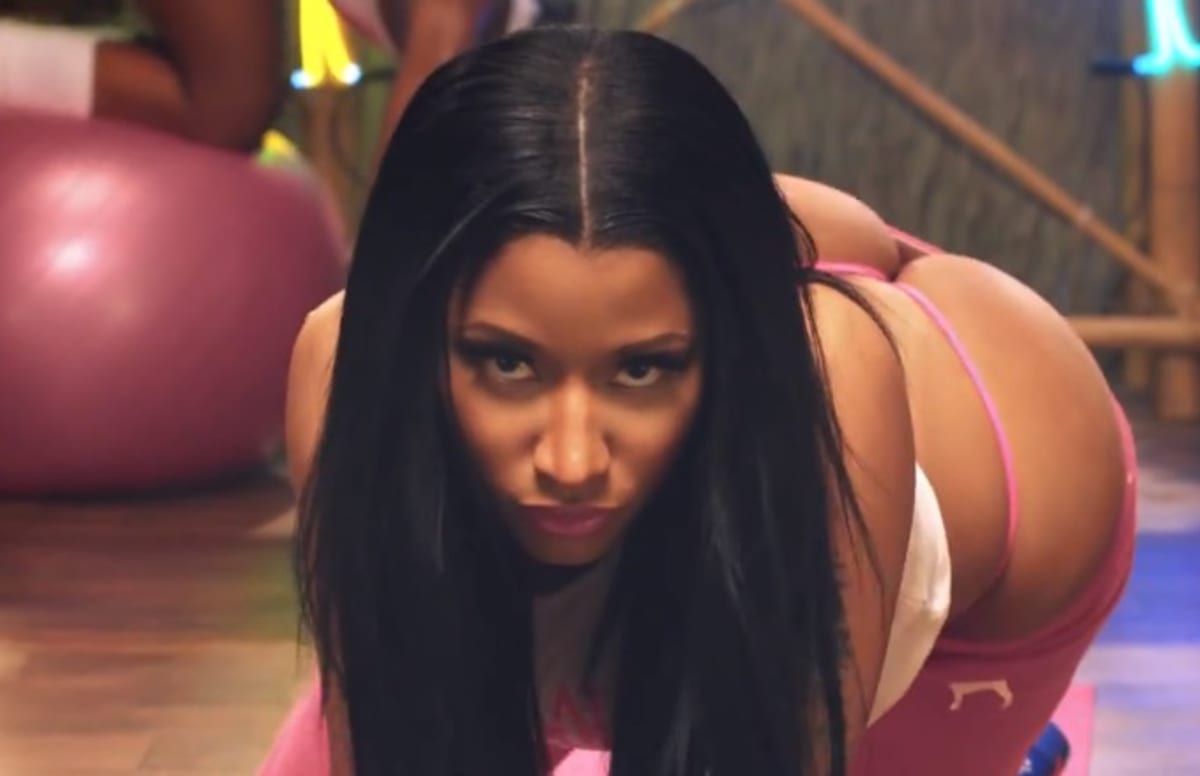 |
| Portrait of Nell Gwynne by Lely Made for King Charles the Second |
Despite the fact that the male gaze has been an issue for centuries, for some people it is an issue that they are unaware of. Like myself, I only just learned about the male gaze last year but once I learned about it, I saw myself in a different perspective. As a woman, I am perceived as an object to be "surveyed". As described by John Berger in his book, Ways of Seeing, the male gaze is how men see women as sexual objects for them to view and be pleasured by. The male gaze is an implicit way that men show their power over women. This concept is well represented in the portrait of Nell Gwynne who was one of King Charles the Second's mistresses. In this portrait, she is laying on the floor as she watches herself get painted. While this painting was taken place, Gwynne’s nude body was not only objectified by the King, whom it was painted for but, her nude body was also objectified by the male artist, Peter Lely. As she’s being painted it is inferred that she holds powers because of the view that she gives both men, “… ultimately how she appears to men, is of crucial importance for what is normally thought of as the success of her life,” (Berger, 46). Unfortunately, not only did Gwynne but also women of the past and even women of today feel that they can only possess power by pleasing men. As Gwynne submits to the King she ultimately gives him the power that he believes is rightfully his and which all men crave, “This nakedness is not, however, an expression of her own feelings; it is a sign of her submission to the owner’s feelings or demands…The painting, when the King showed it to others, demonstrated this submission and his guests envied him,” (Berger, 52).
 |
| "Anaconda" Music Video by Nicki Minaj |
 |
| Quote by Bell Hook |
 |
| Mother Breast Feeding Vs. Victoria Secret Model |
Works Cited
Berger, John. Ways of Seeing: Based on the BBC Television Series with John Berger. British Broadcasting Corp., 2012.
Hooks, Bell. The Will To Change: Men, Masculinity, and Love. Simon & Schuster, 2004
No comments:
Post a Comment